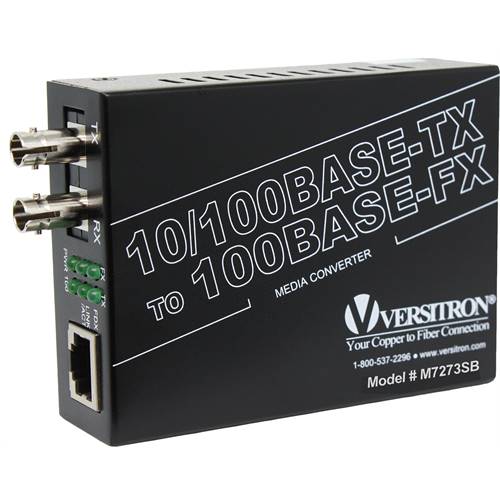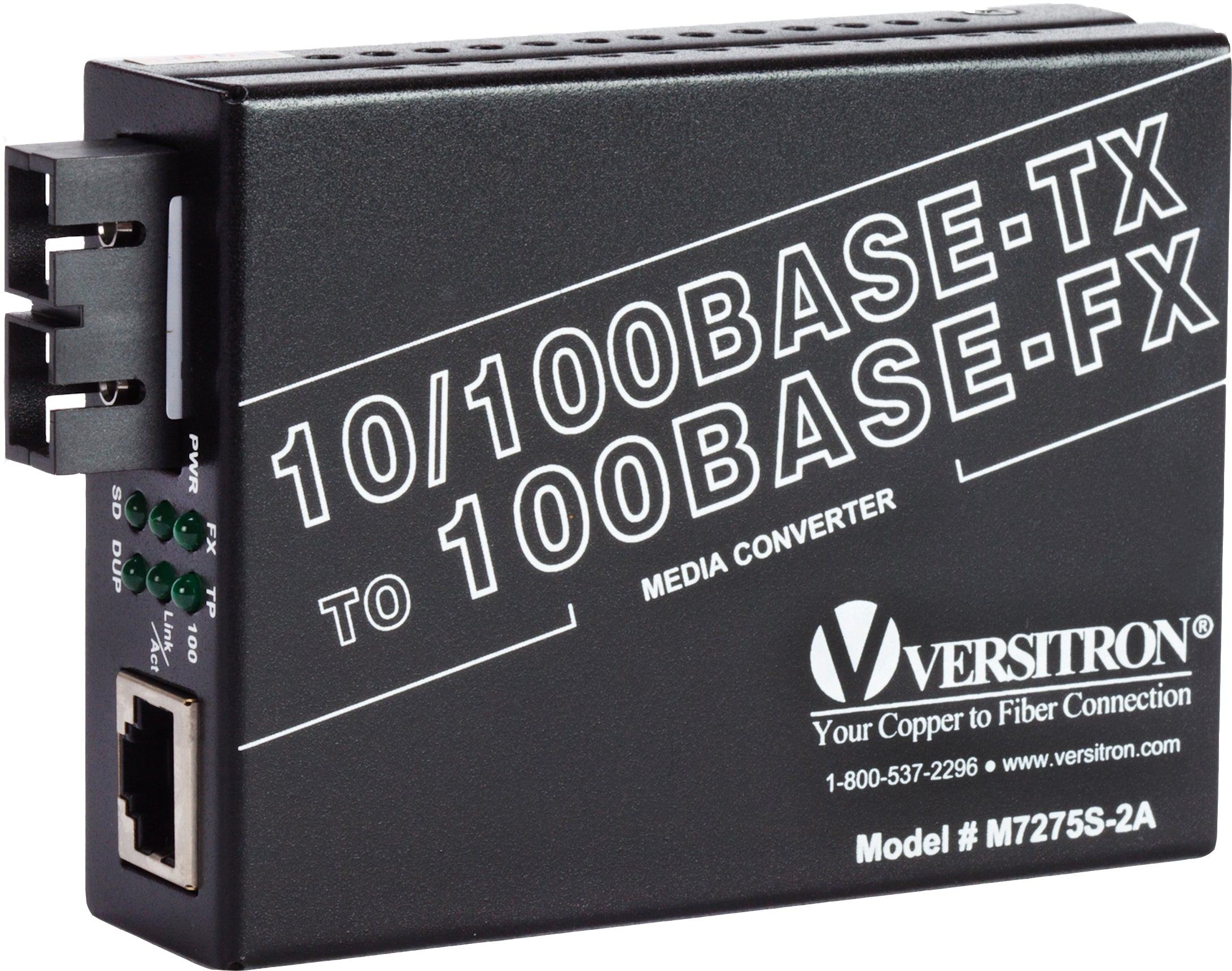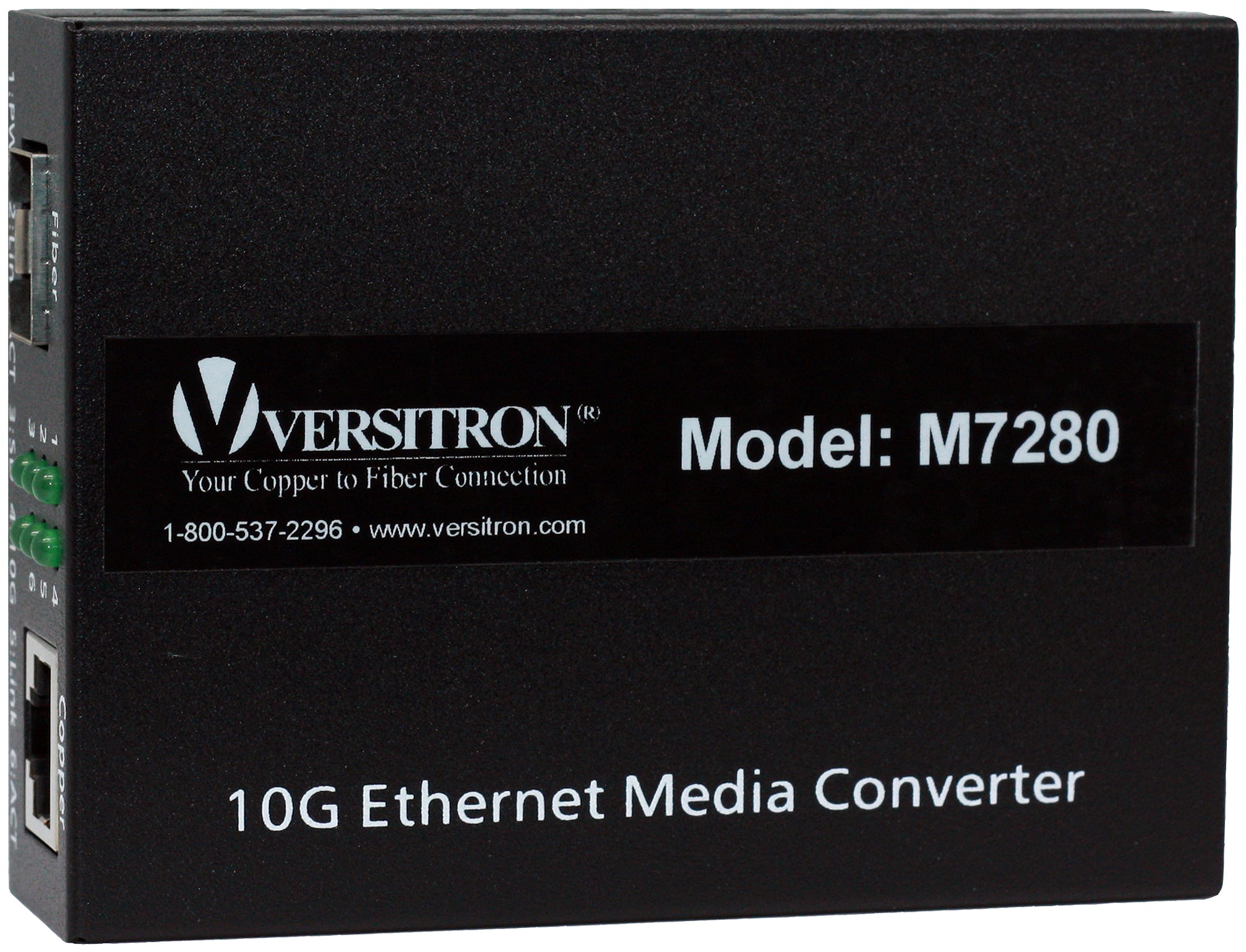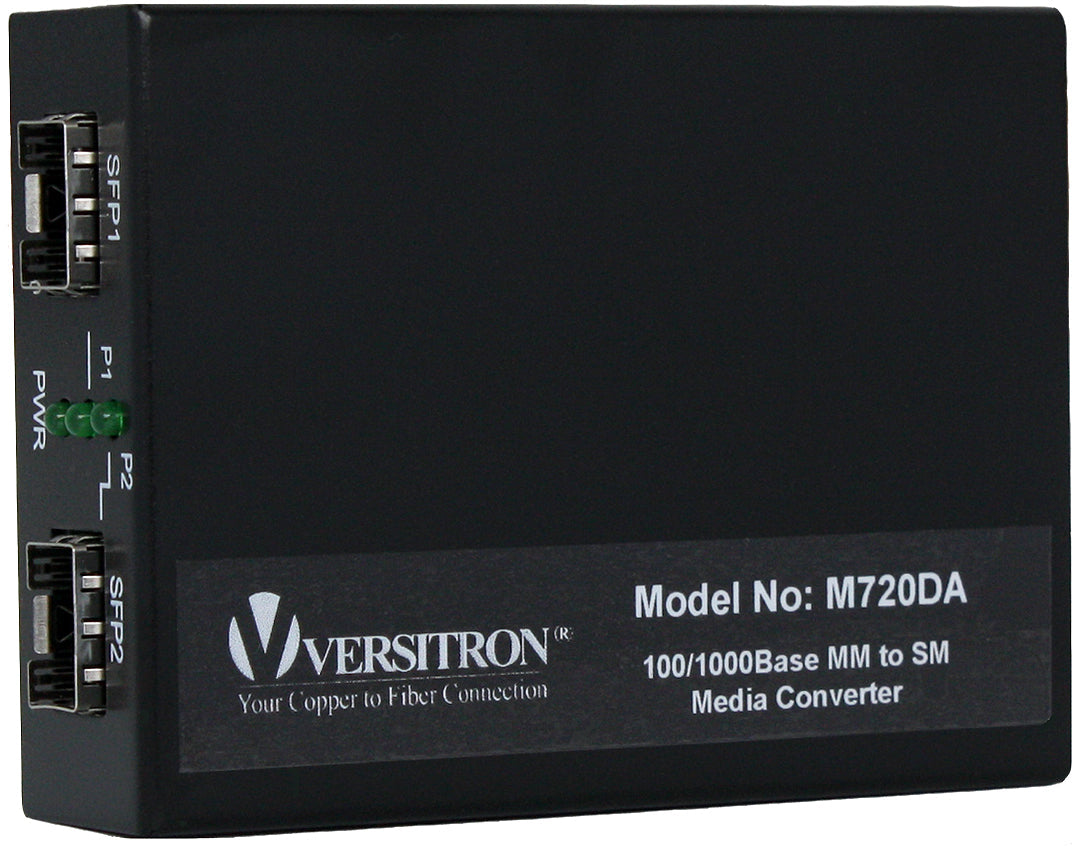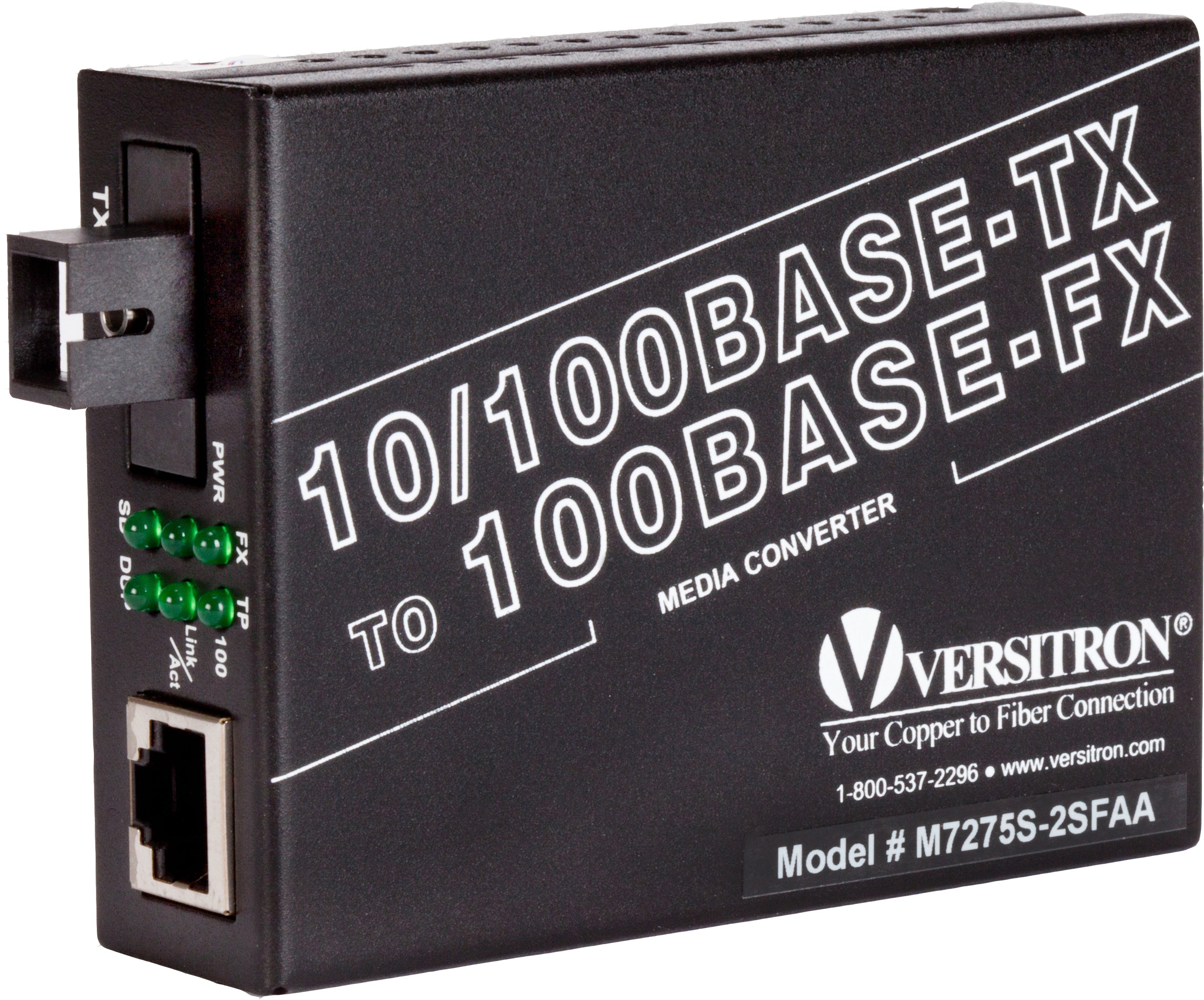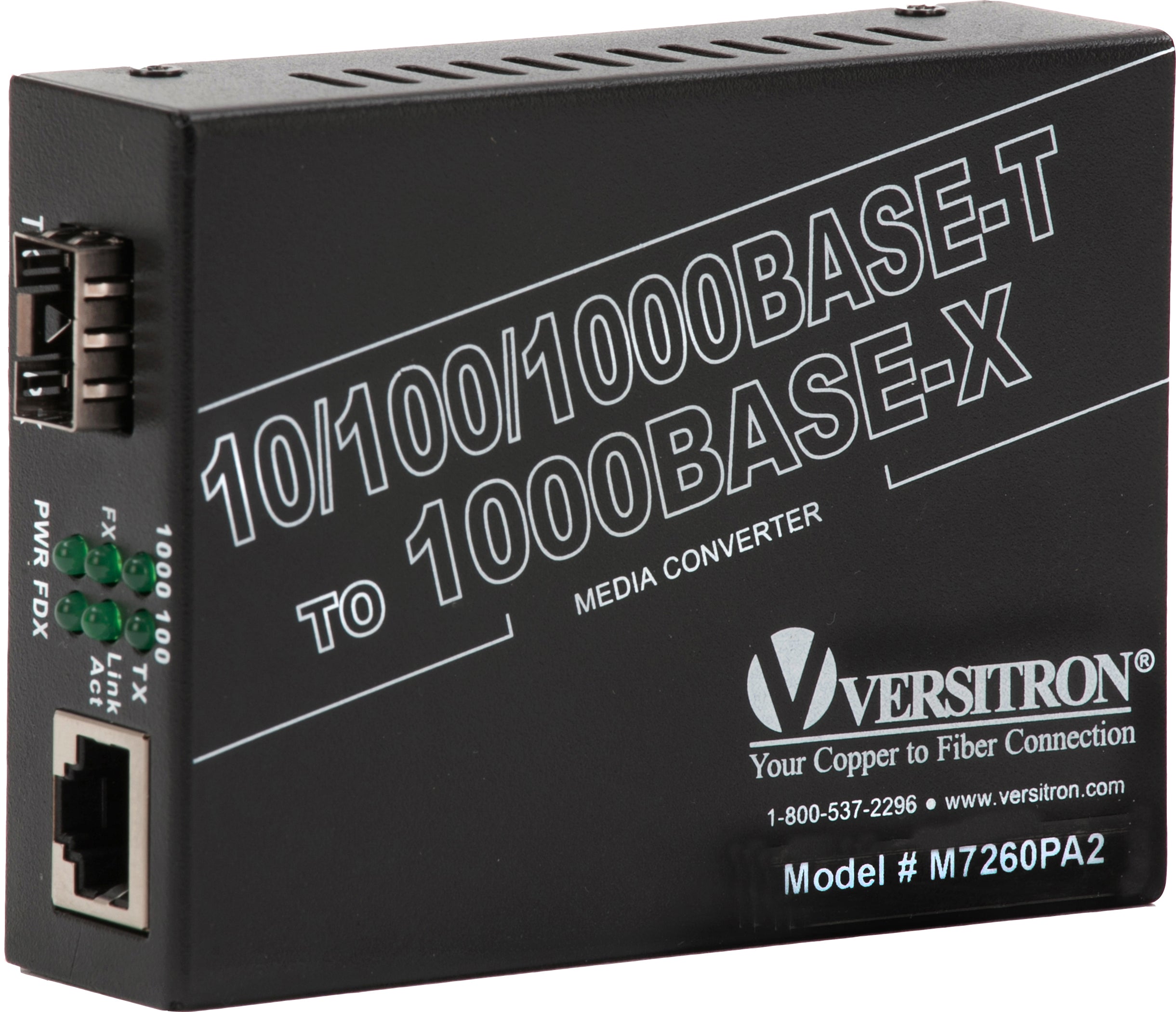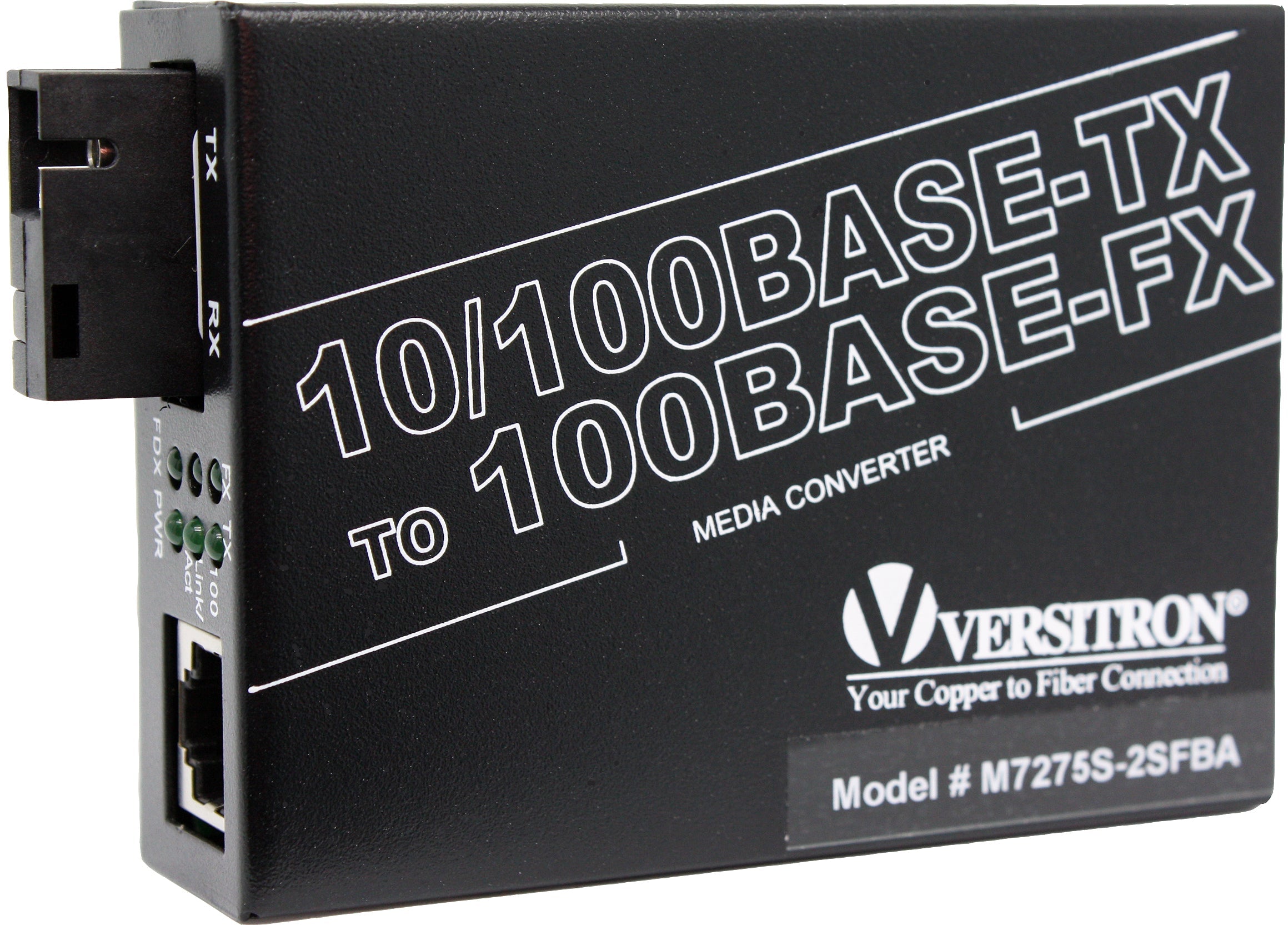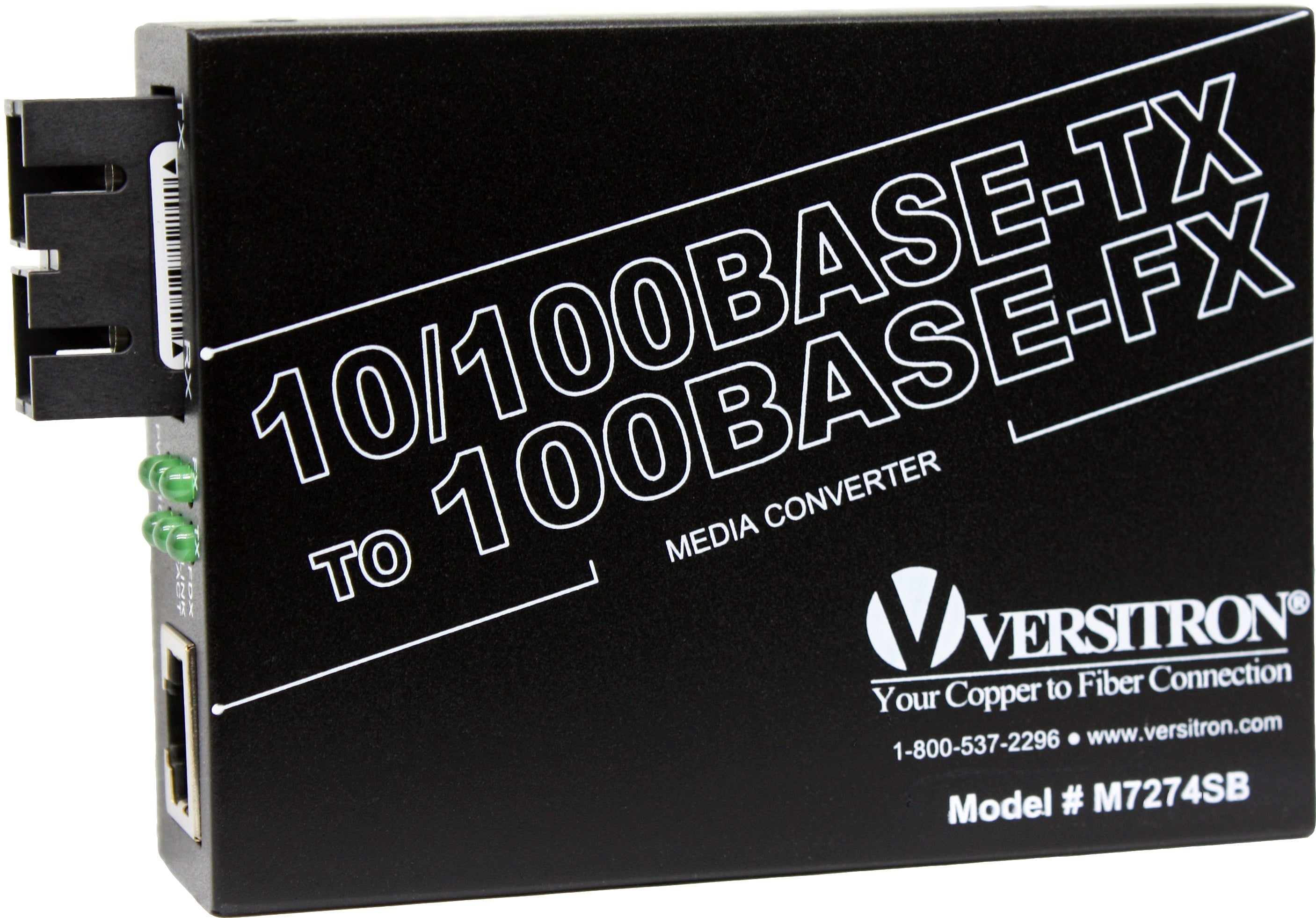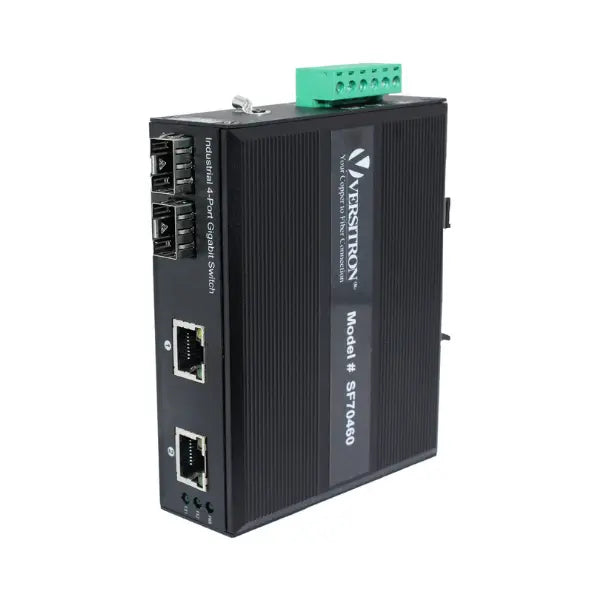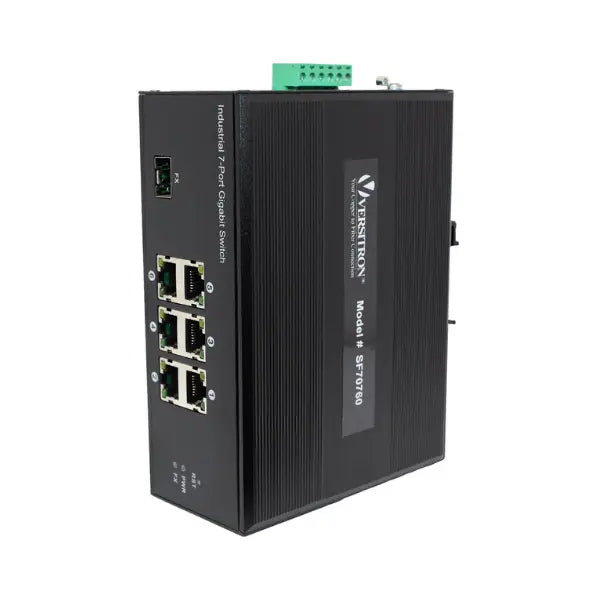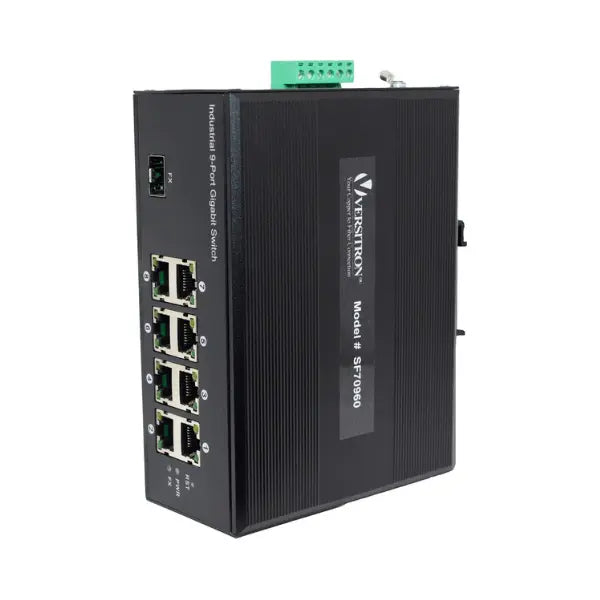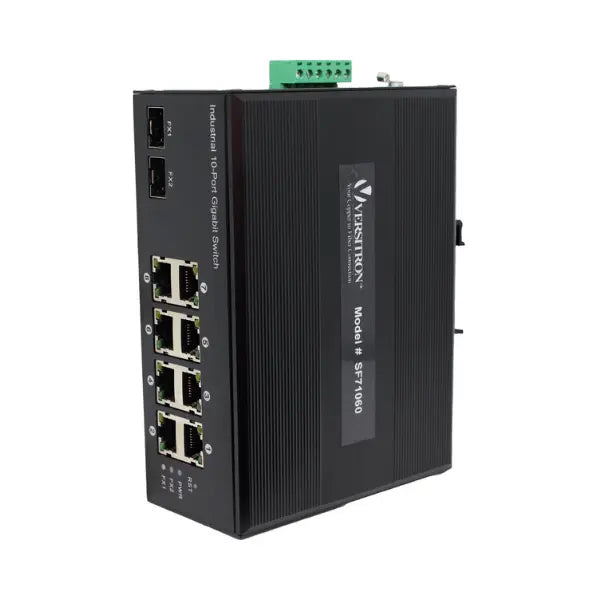
What is Shielded Cable?
This cable is also known as shielded twisted pair (STP) cable. It features individual wire pairs wrapped in a foil. These pairs are wrapped one more time to provide double protection. The shielding helps prevent EMI and other technical issues which may compromise the integrity of signals.
What is Unshielded Cable?
This cable is usually referred to as unshielded twisted pair cable (UTP) where individual wire pairs are simply wrapped in a foil, without any additional layer of protection. Non shielded wires are ideal for office environments, which experience less traffic.
Types of Shielded Twisted Pair Cable
There are two main types of shielded cables to choose from, and they are:- Braided Cables: Shielded cables which feature mesh of woven copper wires are known as braided cables. The braids do not offer 100% shielding, but they are durable than foil shielded wires. Their shielding capacity is entirely dependent on the type of weave they have. Based on the type of weave they may offer 70% to 95% coverage. If the cable remains stationary, then even 70% coverage is good. The copper used for braiding has high conductivity than mylar or aluminum foil used for shielding and it is less prone to any type of damage. This makes it an effective shielding choice. However, it may add to the cost and footprint of the cable. The copper shielded cables are ideal for industrial environments.
- Metal-coated Mylar and Foil Shielded Cables: Foil shielded cables feature a thin sheet of aluminum or copper which is bonded to polyester to improve the cable strength. This shielding is usually referred to as tape shielding and it assures 100% protection to the conductor wire. The foil shielded cables are a common choice for noisy retail or busy office environments.
What Are the Benefits of Using Shielded Cables and Unshielded Cables?
The following points will help you understand it better:- Shielded Cables: Electromagnetic interference or EMI is one of the most common phenomena on the factory floor. EMI is a term used to define electrical noise that is usually conducted or radiated. This noise will not only affect the functioning of devices or equipment but also humans. Cable shielding helps prevent the effect of EMI on equipment and people. This means you will hear less crosstalk between cables. Also, additional insulation protects the cable from environmental elements and abuses that it may otherwise not withstand in an industrial environment. This means, if you are using shielded wires, there are fewer chances of it suffering from abrasion, scraps, spills, or moisture.
- Unshielded Cables: One of the main advantages of using an unshielded cable is that they do not need grounding. This helps save on installation time and costs.
Know About the Applications of Shielded Cables
Shielded cables are ideal for use in noisy environments where the chances and risks of EMI are high. Airports and radio stations are perfect examples of this type of environment. The following are a few more applications of these cables:- They are used in security systems to avoid radio frequency and power frequency interference. This helps reduce the number of false alarms, which may be otherwise disturbing.
- Shielded twisted pair cables are also used in recording studios or public address systems. The twisted-pair cables help assure a balanced audio configuration.
- The shielded cables are also used in box build applications, where different components are working close to each other.
Applications of Unshielded Cables
Shielded cables help minimize EMI. But, does that mean they are mandatory for every application? No, they are not mandatory for every application. Perhaps, you can also use unshielded cables for less noise applications such as home or office LANs. These cables are inexpensive, lightweight, as well as flexible.The choice of the right cable will depend on your application requirements. Regardless of whether you opt for STP or UTP, you must choose high-quality cables and devices for your application. If you are looking for quality fiber media converters, ethernet media converters, and fiber optic switches, then you can consider Versitron. The company designs and manufactures high-quality copper-to-fiber connectivity products for voice, data, and video applications. These products are widely used across security, military, government, education, and other sectors.



